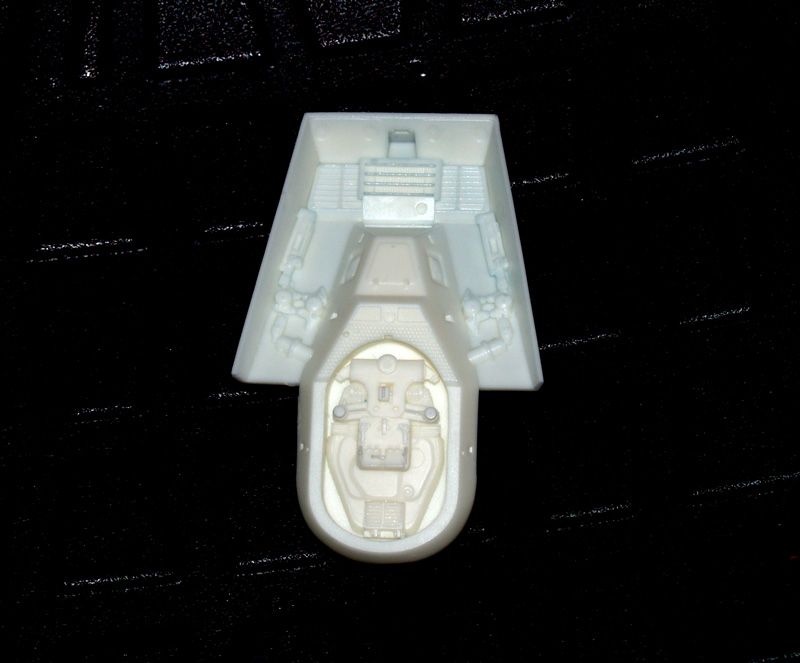I made some progress.
I took another hull which was a very bad pull. Lots of airbubbles in the rear roof mechanical bay which usually cast very well, but I rushed this one !

Was doing an attempt to get the Flak38 good, which was successful, 25 out of 26 of them turned out OK.

The rest of the casting hull was trash, lot of missing armored panel edges that I repaired. I didnt filled any airbubbles though, most of them will be covered with fake snow.

This wont be my hero hull, just a spare one, I'm planning to paint 3 hulls like the ones used for TESB so I can switch them.
The front plate was glued in place. This was a broken one (felt on the ground

), an edge was broken and was repaired.
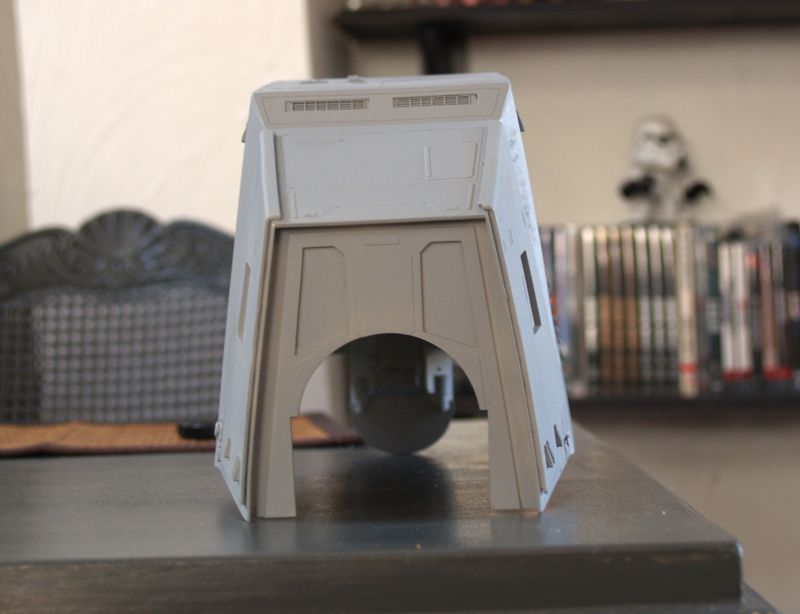
Rear shields added :
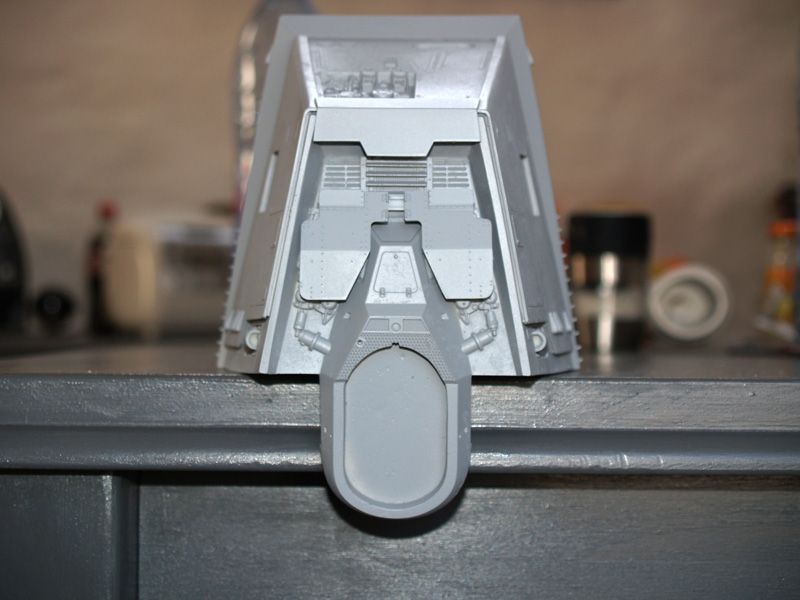
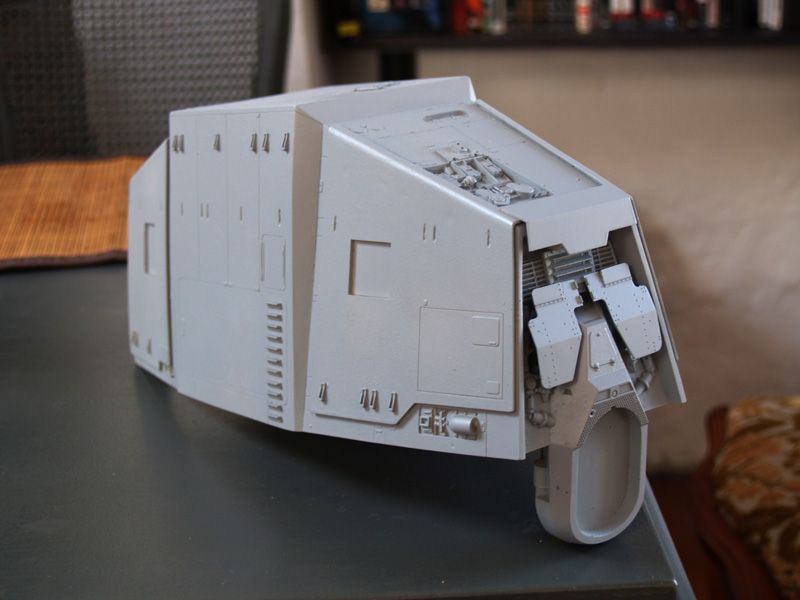
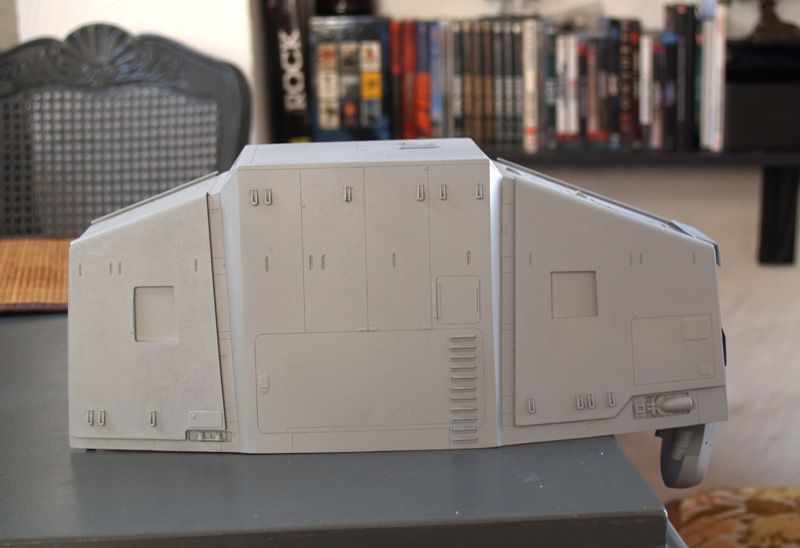
With the AT-AT the paintjob starts before the basecoat is applied.
I originally thought that only the additional side armored panels were textured but after having looking at thousand of ref pics and having seen one of the original in person, I found that the whole model was textured. With different techniques for different results. The ILM guys werent bad painters, this is intentional and this is what bring the model to life. That's one of the -several- thing the MR was lacking and why it looks like a toy.
The roof is slighty textured :
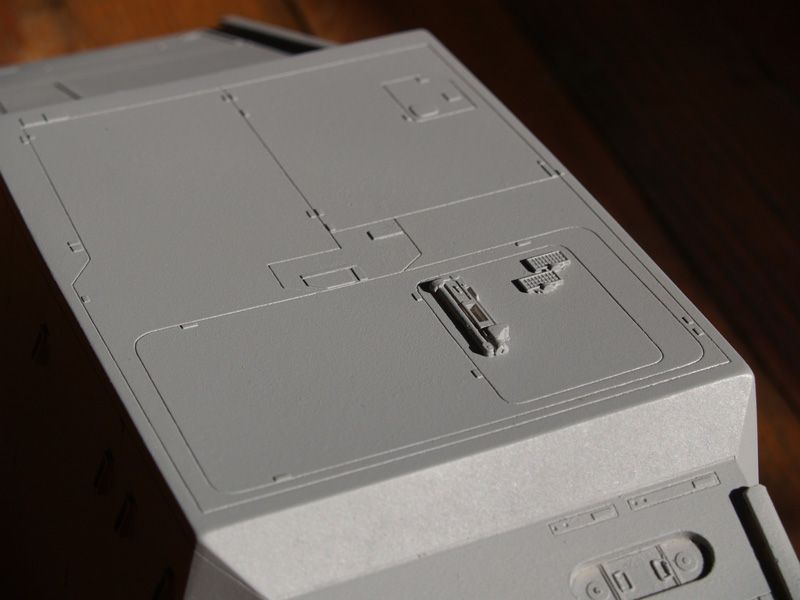
Close-up :
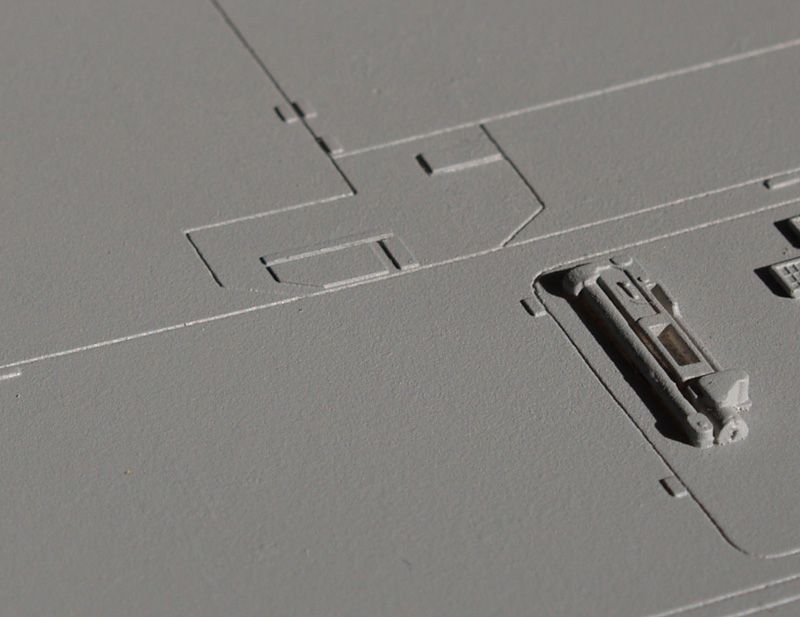
The armored side panels are heavily textured, a texture that is different than the rest of the model. It is part of the casting because I did it on the master. However it may be a bit to soft compared to the original (yeah really it is that textured !)
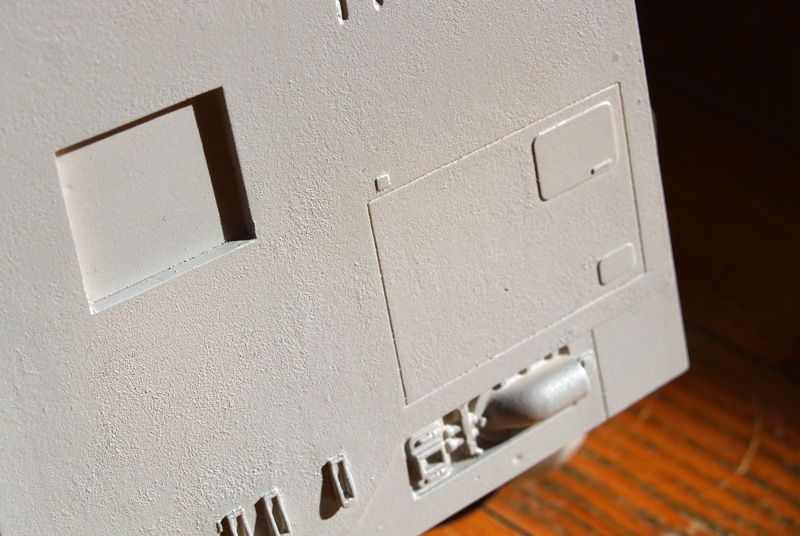
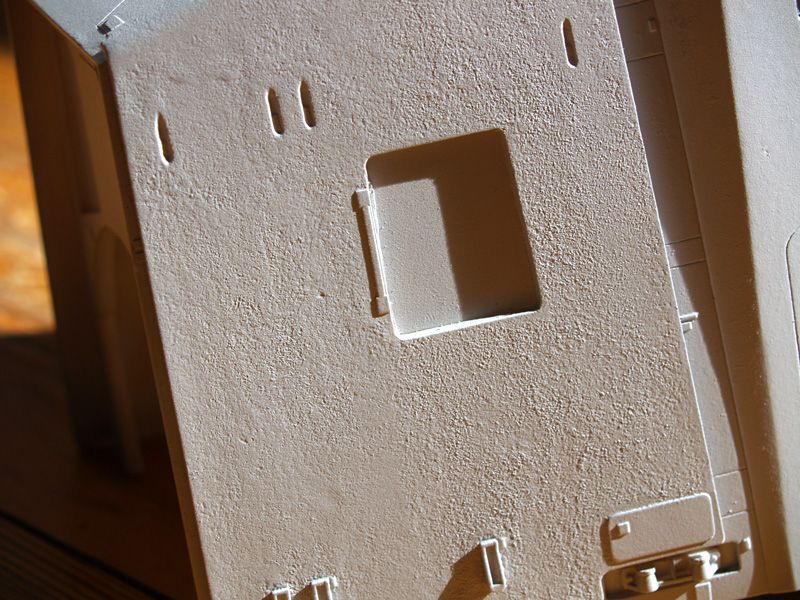
The middle box sides have different textures :
Some rounded/wavy texture, some dusty textured, some area were you see than some paint was stripped off etc... If you look at the ref pics of the original AT-AT before painting you'll notice the body have been primered/textured/sanded several times in several places.
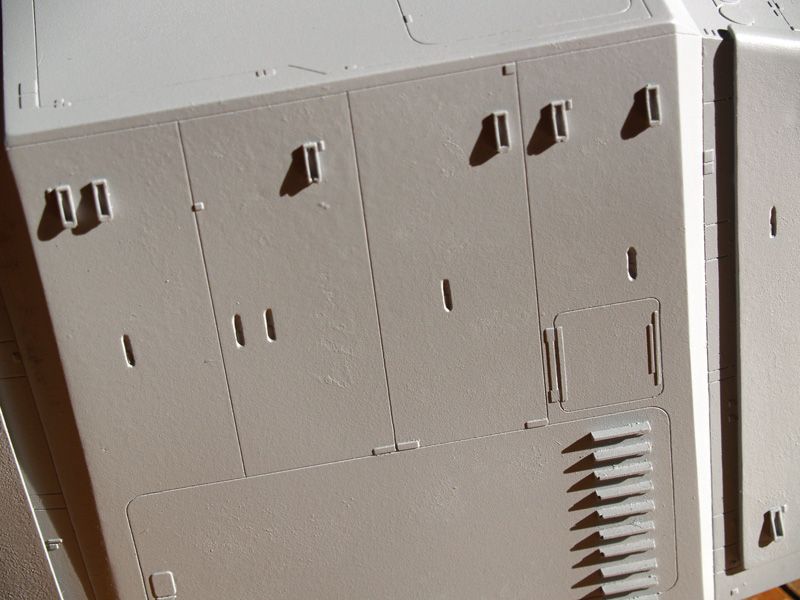
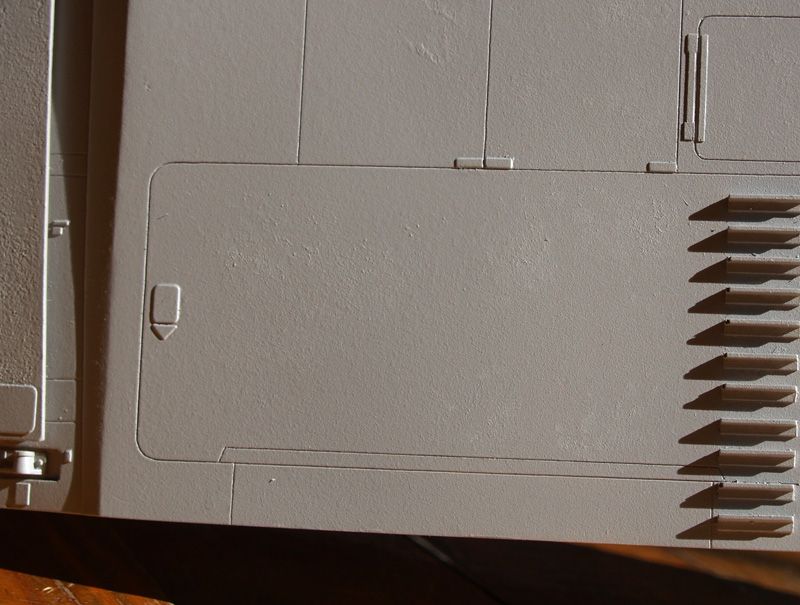
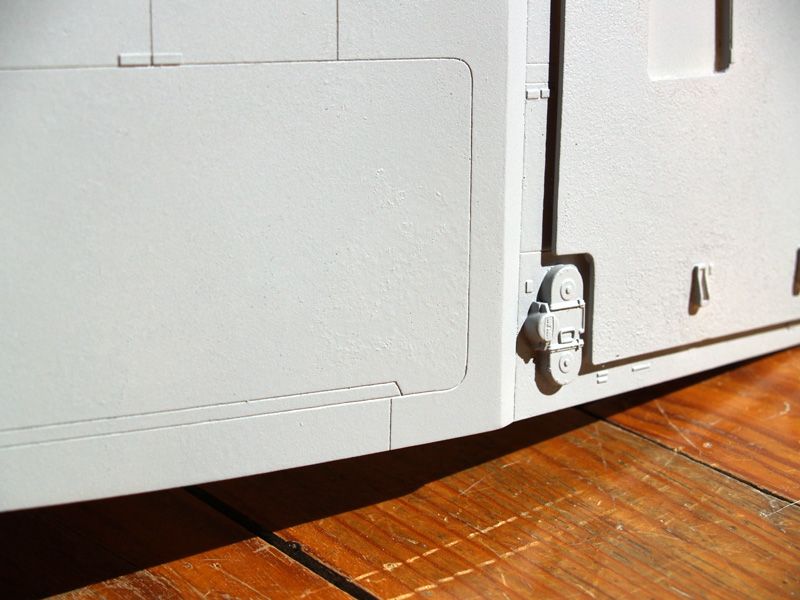
The front roof is slighty textured :

The 223 plate is textured
before the shields are glued in place. The shield should remain smooth to add contrast.
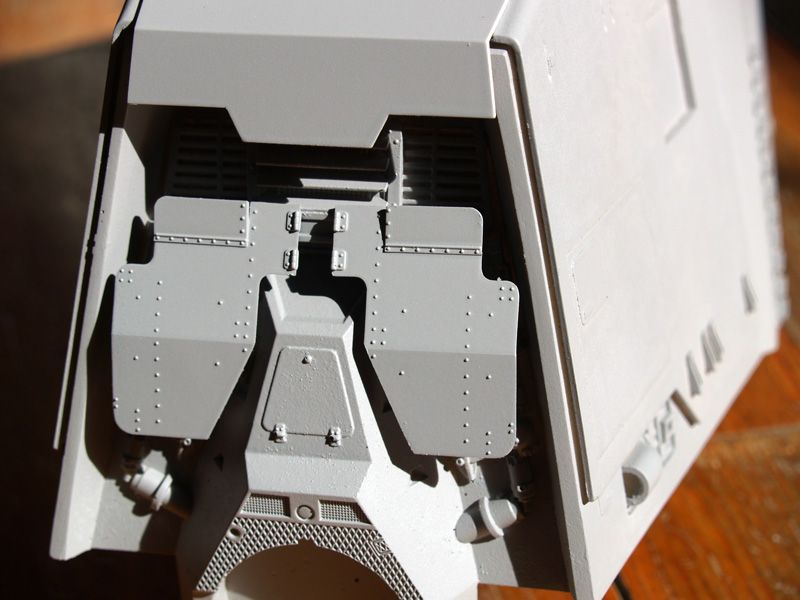
The rear roof has a moderate texturing effect :
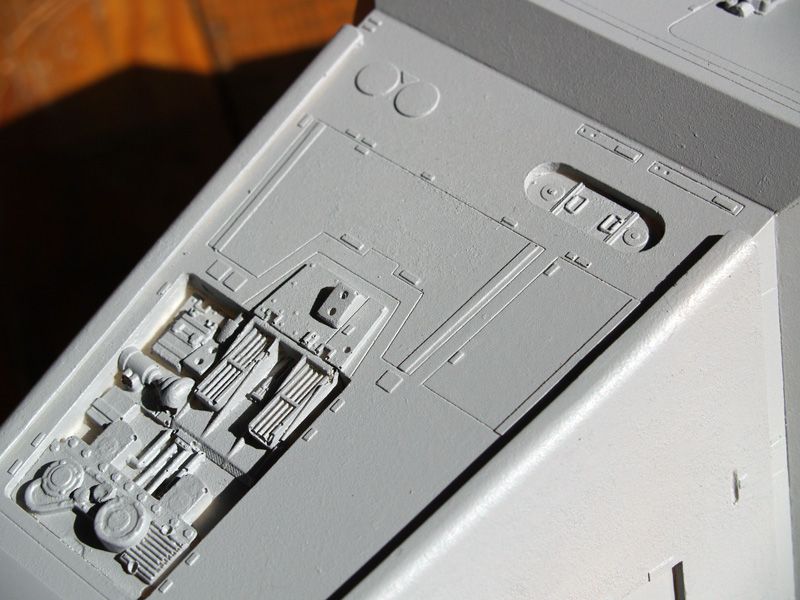
All the details have to be textured too !
And the magical of light, the AT-AT looks smooth again !

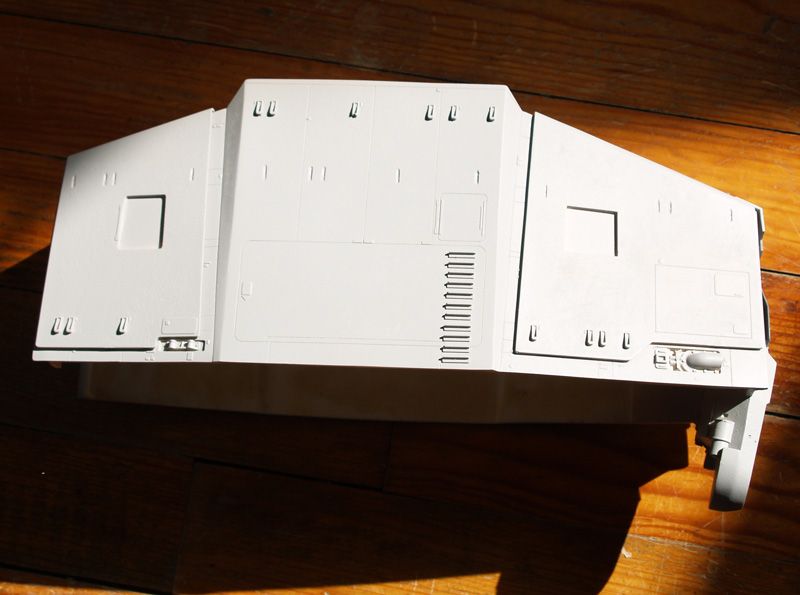

Those textures will catch the light under certain angles and help for the weathering process. Cant wait to paint it but I'll have to wait until I got an armature to be sure the paint matches all the components !

Dont be affraid to be heavy on the texturing process. The original were very very rough !



